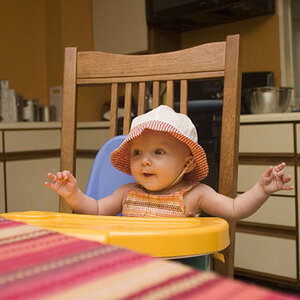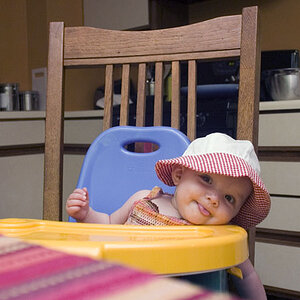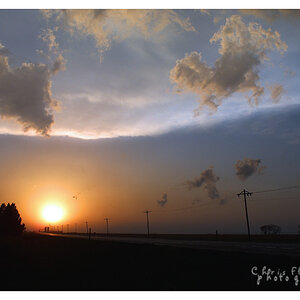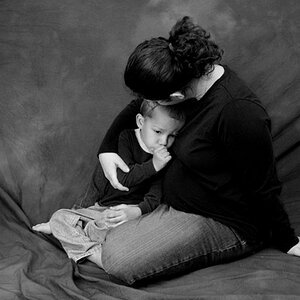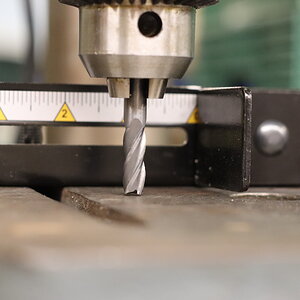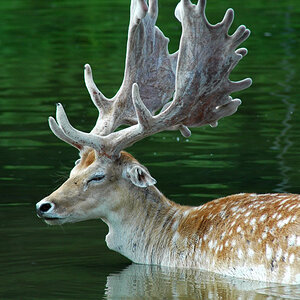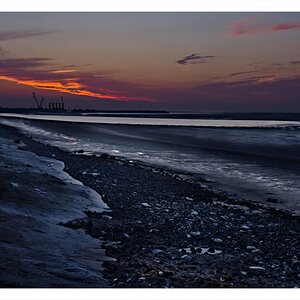HippieWitch
TPF Noob!
- Joined
- May 12, 2013
- Messages
- 19
- Reaction score
- 2
- Location
- Seymour, TN
- Can others edit my Photos
- Photos OK to edit
Ok, let's start this off right. I've been into photography for about ten years now roughly. Started with a 2 MP digital camera from China. Over the years I've worked my way up with digital cameras, while collecting film cameras for looks. So far, I'm up to a 14.1 MP Kodak camera that takes some amazing shots. I do quite a bit more nature shots than anything. I'm Wiccan, so nature is a second home to me and why I'm so good at nature shots. Anyways though. I decided to get out my Nikon FM SLR and learn with a much better camera and learn film photography. With the camera, I have the general purpose lens, a macro lens (which I can't wait to make use of in Cades Cove), and another lens, I'm not sure about.
So basically, I'm asking does anyone have any tips for a film noobie? I know the very basics of film photography, but that's pretty much it. I'm still trying to figure out all the options on the camera too. Is it possible to find a manual online for it? Any tips or advice will be greatly appreciated since this is one of the few hobbies I can do being disabled. Thanks so much!
So basically, I'm asking does anyone have any tips for a film noobie? I know the very basics of film photography, but that's pretty much it. I'm still trying to figure out all the options on the camera too. Is it possible to find a manual online for it? Any tips or advice will be greatly appreciated since this is one of the few hobbies I can do being disabled. Thanks so much!


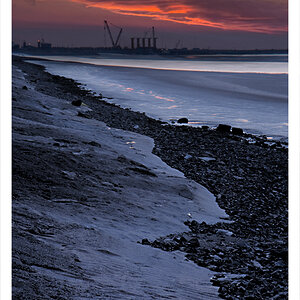
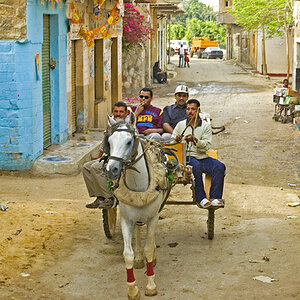


![[No title]](/data/xfmg/thumbnail/41/41892-d6f91fd1c816420825658ffaad56df78.jpg?1619739934)
